ECUADOR: 15 Day Birding and photography - Southern Ecuador (+3 day optional extension)
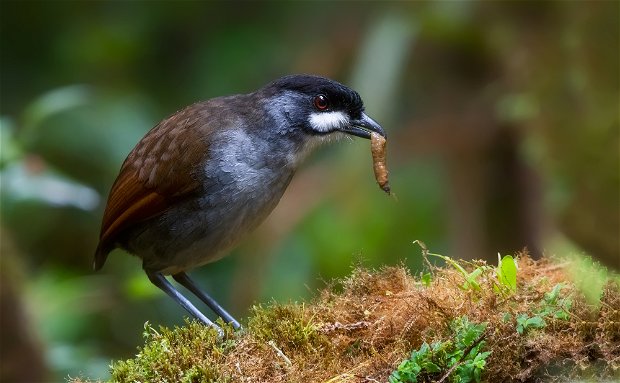
The least explored jewel in the country is undoubtedly one of the best places for birding in the world. The southern Ecuador tour fits perfectly within the expression "All in one place“. Since it is one of the few tours in the world in which in a small number of days you visit dozens of different types of habitats on the coast, highlands and lowland forests, six endemic bird areas (EBA´s) and some of the most threatened and unique forests on the planet. The total list of bird species in southern Ecuador is approximately 1199 species. In a 15-day bird tour with a specialized tour guide, around half of the species (400-600 sp.) are usually observed, together with the opportunity to see 7 country endemic birds including the marvelous and recently discovered Blue-throated Hillstar as well as many range restricted species to Ecuador, Colombia and Perú.
• Accommodation & Road Transport: The hotels/lodges are mostly of good or medium standard, always small and most of them are design for birdwatchers. Most are located inside the reserves, thereby eliminating long drives to reach the birding habitat. Road transport is in general of good quality along main roads, in secondary roads conditions are variable.
• Walking: The effort to walk during most of the tour falls into the category of easy, however in few cases there may be trail conditions between moderate to difficult
• Climate: If you are going to visit Ecuador between January and May, you should be prepared for certain times with rain during the trip, but don't worry, it is the best time to see many bird species. The rest of the year Ecuador enjoys a privileged climate, it should be noted that in places near the Amazon you must always be prepared for rain
Itinerary and rates below next to gallery
Gallery
Itinerary
Click on each day to expand itinerary
Day 1 ARRIVAL
DAY 2 MANGLARES CHURUTE TO BUENAVENTURA
We will depart from Guayaquil in the early morning and head 50 minutes south to Manglares Churute Reserve. This national park has an interesting mix of habitats from wetlands, mangroves, shrubs, dry forest and semi-humid forest and it´s an ideal place to see lot of different bird types, including many tumbesian endemics and range restricted waterfowl species.
• Target Birds: Fasciated Wren, Superciliated Wren, Ecuadorian Trogon, Peruvian Meadowlark, Peruvian Pygmy-Owl, Black-headed Antthrush, Pacific Elaenia, Pacific Royal-Flycatcher, Jet Antbird, Horned Screamer, Common Black-Hawk and Comb Duck.
Later in the day we will continue southwards to Buenaventura Reserve, managed by Jocotoco Foundation. This reserve protects over 2900 hectares (7166 acres) and covers an altitude range between 400 to 1450 m.a.s.l. We will stay here for two nights at the Umbrellabird Lodge.
DAY 3 BUENAVENTURA
Today we will experience the huge diversity of the Buenaventura Reserve. This reserve was created by Jocotoco Foundation after the discovery of the endemics El Oro Parakeet (Pyrrhura orcesi) and El Oro Tapaculo (Scytalopus robbinsi) with the main intention of protecting suitable areas for this species. Buenaventura is placed at a very privileged geographical position, it hosts a list of around 350 bird species, including species from the Chocó and Tumbesian bioregions. Umbrellabird´s lek and El Oro Parakeets nesting areas are going to be some of the highlights during your time at this reserve.
• Target birds: El Oro Parakeet, Red-masked Parakeet, Ecuadorian Tapaculo, Rufous-headed Chachalaca, Gray-backed Hawk, Choco Toucan, Guayaquil Woodpecker, Club-winged Manakin, Ochraceous Attila, Long-wattled Umbrellabird, Esmeraldas Antbird, among others.
• Bird feeders’ highlights: Violet-bellied Hummingbird, Booted Racket-Tail, Velvet-purple Coronet, Brown Inca, Purple-bibbed Whitetip, Crowned Woodnymph, Green Honeycreeper, Collared Aracari, and many others.
DAY 4 BUENAVENTURA TO JORUPE
Early birding at Buenaventura before departing to Jorupe Reserve, another of the reserves managed by Jocotoco Foundation. This reserve protects over 1460 hectares (3607 acres) of a unique and beautiful dry forest, center of the Tumbesian endemic bird area. Located at an altitude between 200 to 600 m.a.s.l. (656 to 1968 f.a.s.l.), Jorupe hosts a list of around 200 species and is a paradise for dry forest specialist birds and the best place to look for the rarest species Tumbesian endemics. You will stay here for two nights at Urraca Lodge.
• Target Birds: White-tailed Jay, Blackish-headed Spinetail, Henna-hooded Foliage-Gleaner, Rufous-necked Foliage-Gleaner, Slaty Becard, Loja Tyranulet, Watkins Antpitta, West Peruvian Screech-Owl, Collared Antshrike, Black-capped Sparrow, Ecuadorian Piculet, Scarlet-backed Woodpecker, Plumbeous-backed Thrush, Black-and-white Tanager, among others.
• Bird feeders’ highlights (seasonal): Amazilia Hummingbird, Pale-browed Tinamou, Yellow-tailed Oriole, White-tailed Jay, Blue Ground-Dove, Ochre-bellied Dove and others.
DAY 5 ZAPOTILLO AND JORUPE
Early depart to Zapotillo area. We will be doing birding in the morning around this remote location which is an excellent spot to see lot of Tumbesian endemics rarities that are not possible to find anywhere else in Ecuador.
• Target Birds: Tumbes Tyrant, Baird´s Flycatcher, White-edge Oriole, Tumbes Sparrow, Short-tailed Woodstar, West-peruvian Dove, Croaking Ground-Dove, Elegant Crescentchest, Collared Antshrike and Pearl Kite among others.
Afternoon birding at Jorupe Reserve and surrounding areas looking for other dry forest species and the always localized and scarce Comb Duck.
DAY 6 UTUANA TO TAPICHALACA
Early departure to Utuana Reserve. This reserve protects around 100 hectares (247 acres) of an incredibly special montane cloud forest located at an altitude between 2120 and 2640 m.a.s.l. (6955 and 8661 f.a.s.l.). The unique ecosystem from Utuana hosts a list of around 260 species, is the ideal habitat for several highland Tumbesian endemics, lot of range restricted species, as well as hummingbird feeders visited by some of the most beautiful species from Ecuador.
• Target Birds: Jelski´s Chat-Tyrant, Black-cowled Saltator, Chapman´s Antshrike, Gray-headed Antbird, Rufous-necked Foliage-Gleaner, Rusty-breasted Antpitta, Piura Hemispingus and Black-crested Tit-Tyrant.
• Bird feeders’ highlights: Rainbow Starfrontlet, Purple-throated Sunangel, Speckled Hummingbird and White-sided Flowerpiercer.
Later we will continue on our way to Tapichalaca Reserve, the first reserve created by Jocotoco Foundation. This magnificent place is located at a breathtaking location at the eastern Andes slope in an elevation between 1800 to 3400 m.a.s.l. (5905 to 11154 f.a.s.l.) and protects over 3400 hectares (8400 acres) of a very humid and unique mist montane forest.
DAY 7 TAPICHALACA
You will be immersing yourself in a dream forest in the most remote mountains of southern Ecuador. This reserve was created in response to one of the most fascinating ornithological events in the Neotropics, the discovery of a beautiful Antpitta totally new to science. The Jocotoco Antpitta (Grallaria ridgely) is undoubtedly an animal that generates passions, its rarity combined with its charisma make it one of the greatest highlights of the trip. This combined with a list of more than 300 bird species, as well as hummingbird and seed feeders make this reserve a paradise for birdwatchers. If there is bad weather at Tapichalaca, Valladolid is just 45 minutes drive and birding along this area gives you chance to see some Marañon endemic species (another endemic bird area from Ecuador and Peru).
• Target birds: Golden-plumed Parakeet, Bearded Guan, Citrine Warbler, Rufous Wren, White-throated Quail-Dove, Rufous-capped Thornbill, Glowing Puffleg, White-capped Tanager, White-throated Screech-Owl, Gray-breasted Mountain-Toucan, Chusquea Tapaculo, among others.
• Bird feeders’ highlights: Jocotoco Antpitta, Chestnut-naped Antpitta (seasonal), Bearded Guan, Little Sunangel, Amethyst-throated Sunangel, Chestnut-breasted Coronet, Collared Inca, Masked Flowerpiercer, Chestnut-capped Brush-Finch and many others.
DAY 8 PODOCARPUS TO CABAÑAS YANKUAM
Early depart from Tapichalaca to one of the most biodiverse national parks in Ecuador, the Podocarpus National Park. You will explore the montane forests, a unique elfin forest and paramo areas around Cerro Toledo and Cajanuma entrance, looking for mixed flocks and many specialties from this extreme ecosystem.
• Target Birds: Neblina Metaltail, Rainbow-bearded Thornbill, Glowing Puffleg, Paramo Tapaculo, Pale-naped Brushfinch, Mouse-colored Thistletail, Masked Mountain-Tanager, Golden-crowned Tanager and many others.
Later in the day we´ll travel to Cabañas Yankuam a rustic lodge close to Maycu Reserve. This reserve protects one of the most unique places from Ecuador and South America, the tepuis from Cordillera del Condor, an isolated mountain trail with a very uncommon type of geological formation like the old Guiana shield shared by Ecuador and Perú. El Condor is considered an endemic bird area named “Andean rich top forest” and it´s home of some of the most wanted range restricted species from Ecuador and Perú.
DAY 9 EL CONDOR (MAYCU)
Early birding at the base of the Cordillera del Condor and next to the Nangaritza river at 900 m.a.s.l (2952 f.a.s.l.). This astonishing endemic bird area is one of the least explored places in the country, despite this it´s bird list is more than 450 species. It´s remoteness and privilege diversity make it the ideal birding spot to find some of the greatest rarities that just a few people have seen.
• Target birds: Orange-throated Tanager, Purplish Jacamar, Speckled Chachalaca, Blaskish Pewee, Gray-breasted Sabrewing, Mottled-backed Elaenia, Golden-winged Tody-Flycatcher, Zimmer´s Antbird, White-bellied Pygmy-Tyrant, White-throated Woodpecker and Fulvous Shrike-Tanager.
DAY 10 EL CONDOR (ZARZA) TO COPALINGA
Early birding in El Zarza a public protected forest on the slopes of the Cordillera del Condor, this time in a higher area of the mountain range at an elevation between 1400 and 1680 m.a.s.l. (4593 and 5511 f.a.s.l.). Just 500 meters of altitude variation from our last birding place can cause great changes, in this new location we will be able to observe some of the missing Condor endemic species and other wonders of restricted distribution. Before heading to Copalinga you´re going to make a stop at a hummingbird garden where it´s possible to see the magnificent Spangled Coquette, and several other hummingbirds.
• Target Birds: Spangled Coquette, Little Woodstar, Coopery-chested Jacamar, Blue-crowned Trogon, Blackish Antbird, Rufous-browed Tyrannulet, Black Antbird, Equatorial Graytail, Spectacled Prickletail, Wing-barred Piprites, Cliff Flycatcher, Bar-winged Wood Wren, Gray-mantled Wren and Yellow-throated Tanager.
Later you´ll travel to Copalinga a beautiful lodge and reserve ubicated close to the entrance Río Bombuscaro to Podocarpus National Park. Copalinga is located at a remarkable location where hummingbirds are abundant and flocks of some of the most beautiful tanagers hang around. One of the highlights from Copalinga is a blind from where you will try to see the extremely rare Gray Tinamou.
DAY 11 PODOCARPUS AND COPALINGA
As we have mentioned previously, Podocarpus national park is one of the most biodiverse protected areas in the country, you have already visit it´s paramo and montane forest area in previous days, today you will explore its lowest parts between 700 and 1000 m.a.s.l. (2296 and 3280 f.a.s.l.) Here the influence of the Amazon rainforest is unmistakable, and more than 600 bird species have been reported including several near endemic and range restricted species.
• Target Birds: Wire-crested Thorntail, Ecuadorian Piedtail, Glittering-throated Emerald, Golden-tailed Sapphire, Andean Motmot, Black-streaked Puffbird, Coopery-chested Jacamar, Lanceolated Monklet, Lefresnaye´s Piculet, Amazonian Umbrellabird, Peruvian Warbling Antbird, Red Pileaated Finch, Foothill Elaenia and many others.
• Bird feeders’ highlights: Gray Tinamou (seasonal), Little Tinamou (Seasonal), Gray-fronted Dove, Black-throated Brilliant, Violet-fronted Brilliant, Fork-tailed Woodnymph, Black-billed Thrush, Orange-billed Sparrow and many others.
DAY 12 SARAGURO TO CERRO DE ARCOS
Early depart to Saraguro. One of the newest additions on the southern Ecuador birding tour, you´ll visit two different wildlife refuges Cerro Acacana and Huashapamba area looking for some very scarce and range restricted bird species from an endangered type of andean forest.
• Target Birds: Andean Pygmy-Owl, Agile Tit-Tyrant, Chestnut-bellied Cotinga, Crescent-faced Antpitta, Red-faced Parrot and others.
Later you´ll travel to Cerro de Arcos, a remote paramo forgotten by science for so long that there was a new species of hummingbird nobody found until 2017. Cerro de Arcos has a privilege landscape and a rustic refuge to stay warm and comfortable during your exploration to find the newest bird from Ecuador.
DAY 13 CERRO DE ARCOS
Cerro de Arcos is located at an altitude of 3700 m (12000ft), here in 2017 a completely new hummingbird species was discovered the magnifiscent Blue-throated Hillstar (Oreotrochilus cyanolaemus). This unique hummingbird feeds mainly on Chuquiragua and Puya flowers, sadly it´s considered a critically-endangered specie due to its limited and threatened habitat, researchers have determinated that there are no more than 200 individuals left. While we look for
• Target Birds: Blue-throated Hillstar, Viridian Metaltail, Great Sapphirewing Jameson´s Snipe, Andean Condor, Mountain Caracara, Andean Tit-Spinetail, Streak-backed Canastero, Mouse-colored Thistletail, Black-billed Shrike-Tyrant, Paramo Pipit and others.
Later, you'll continue your way to Yunguilla, a small community surrounded with the last patches of an endangered Andean dry forest.
DAY 14 YUNGUILLA
This tiny reserve protects the last 195 hectares (481 acres) of a unique dry woodland and scrubby forest, it is located between 1600 and 2000 m.a.s.l. (5249 and 6561 f.a.s.l.) and is the last of the reserves managed by Jocotoco Foundation you are visiting during the main tour. The reserve was created with the purpose of protecting the last remaining habitat of the Pale-headed Brushfinch (Atlapetes pallidiceps), a species endemic to Ecuador considered extinct for more than two decades and now saved by the conservation efforts made by the foundation.
• Target Birds: Pale-headed Brushfinch, Purple-collared Woodstar, Dull-colored Grassquit, Pacific Elaenia, among others.
Later, you will continue your way to the historic city of Cuenca, known for being one of the most beautiful cities in Ecuador. Here we will have a free afternoon to enjoy the famous city center, declared by UNESCO in 1999 as a World Heritage Site.
DAY 15 EL CAJAS TO GUAYAQUIL
Early start driving 30 minutes from Cuenca to El Cajas National Park. This protected area is considered one of Ecuador´s most beautiful places, it´s astonishing landscapes, of irregular mountains combined with hundreds of high-altitude lagoons, paramos, elfin forests and the extremely rare Polylepis forest make this the ideal place to end the perfect birding experience in southern Ecuador. Apart of it´s the enormous beauty El Cajas is home of the Ecuador endemic Violet-throated Metaltail (Metallura baroni) and several other high Andean specialties.
• Target Birds: Violet-throated Metaltail, Blue-mantled Thornbill, Mouse-colored Thistletail, Ecuadorian Rail, Andean Gull, Andean Teal, Andean Duck, Many-striped Canastero, Stout-billed Cinclodes, Tawny Antpitta, Tit-like Dacnis and Giant Conebill.
Our trip ends midday before your transfer to the airport in the afternoon. Please inquire if you require additional accommodation.
3 Day Extension
DAY 1 GUAYAQUIL TO SANTA ELENA
The tour extension starts with a 2-hour drive to Santa Elena peninsula. There are going to be several stops along the way where you will look for lot of tumbesian endemic species restricted to coastal dry shrubs and desertic areas. You´re also going to visit the famous salt ponds from Ecuasal and surrounding beach areas, here it´s possible to find range restricted pelagic species, seabirds and shorebirds. Later you´ll go to Las Balsas the brand new Jocotoco reserve home of the another recently accepted Ecuadorian endemic birds the Lilacine Amazon (Amazona lilacina) a beautiful parrot that roosts in huge flocks in the riparian Algarrobo forest next to the community.
• Target Birds: Lilacine Amazon, Pacific Parrotlet, Red-masked Parakeet, West-peruvian Dove, Necklaced Spinetail, White-edge Oriole, Collared Warbling Finch, Superciliated Wren, Peruvian Thick-Knee, Gray-and-white Tyrannulet, Parrot-billed Seedeater, Gray Gull, Snowy Plover, Wandering Tattler and many others.
DAY 2 MACHALILLA
Today it´s going to be dedicated for birdwatching in the Machalilla National Park, this is the largest protected area on the Ecuadorian coast, it´s made up of two zones: a terrestrial of 56,184 hectares (184330 acres) and a marine of 14,430 hectares (47342 acres). Early in the morning you will visit the greenest parts of the national park and walk-through areas with a lush dry and semi-humid forest. Later, you will take a boat trip to Isla de la Plata, a fundamental part of the protected maritime zone of the national park. You will observe birds on the boat trip to the island and once you arrive you will hike the trails where you can observe the largest number of species of seabirds.
• Target Birds: Guayaquil Woodpecker, Saffron Siskin, Peruvian Meadowlark, Short-tailed Woodstar, Pacific Elaenia, Gray-and-white Tyrannulet, Red-footed Booby, Masked Booby, Peruvian Booby, Red-billed Tropicbird and others.
DAY 3 AYAMPE TO GUAYAQUIL
Your last birding day of our long but fantastic southern Ecuador tour will be within the Ayampe reserve, this is a protected area managed by the Jocotoco foundation, located on the banks of the Ayampe river in a strategic position selected for being the main nesting site of a beautiful endemic hummingbird of Ecuador called Esmeraldas Woodstar (Chaetocercus berlepshi). Birdwatching along Ayampe reserve is amazing, it hosts a list of around 260 species including several range restricted species and a few tumbesian endemics we might have missed in other places.
• Target Birds: Esmeraldas Woodstar (seasonal), Rufous-headed Chachalaca, Ochre-bellied Dove, Lesser Nighthawk, Gray-backed Hawk, Guayaquil Woodpecker, Elegant Crescentchest, Red-billed Scythebill, Henna-hooded Foliage-gleaner, Pacific Elaenia, Sooty-crowned Flycatcher, Gray-and-gold Warbler and many others.
After this last bird watching session you will continue your way to the city of Guayaquil, we will make bird watching stops along the way.
Rates
The preferred months for this tour are from January to March but this route can be done throughout the year as different species nest at different times.
Please inquire for rates
Included: Transfers to and from airport, specialized birding guide, all meals, all accommodation, entrance fees to reserves and national parks, transport (1-3 persons: SUV type vehicle. 4+ persons: VAN ), bird list
Excluded: International flights, soft drinks, alcoholic beverages, travel and medical insurance, laundry or any other additional services, tips.



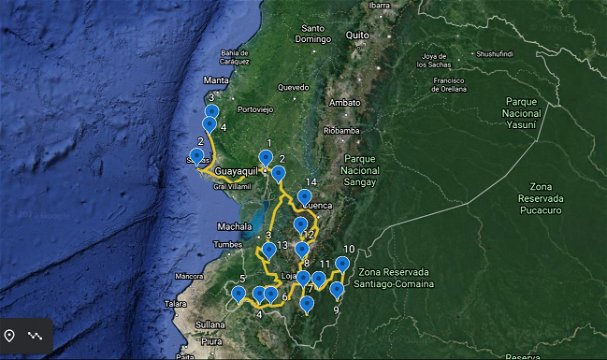

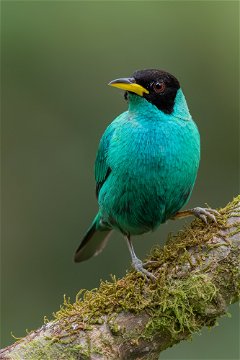
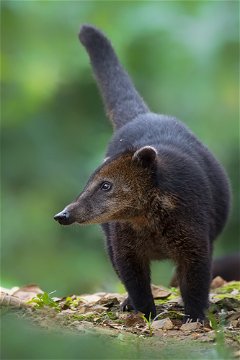
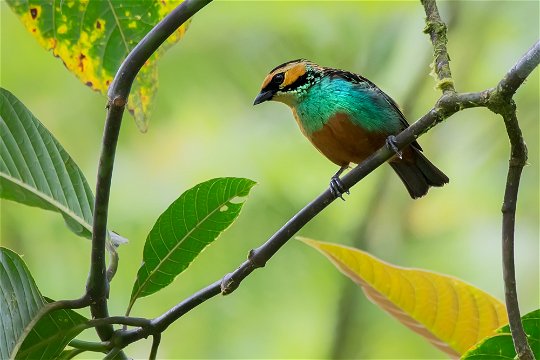
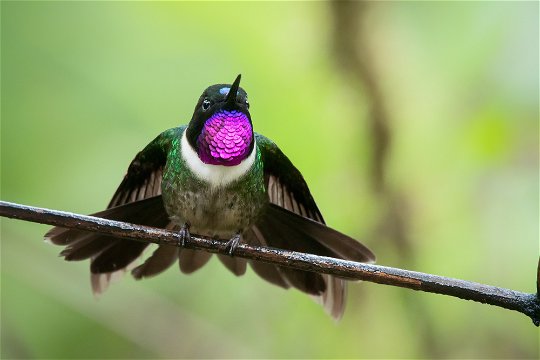
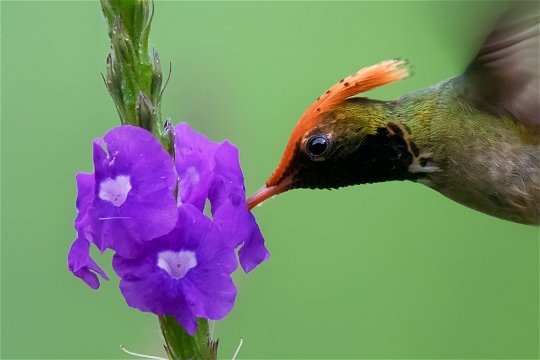

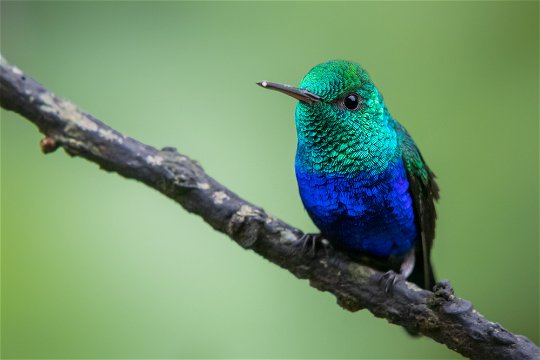
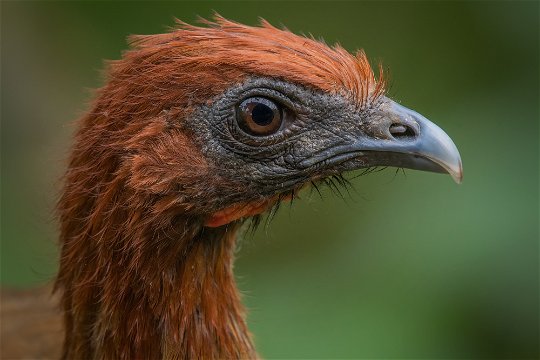
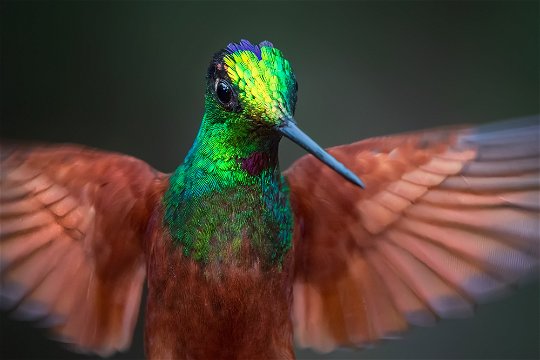
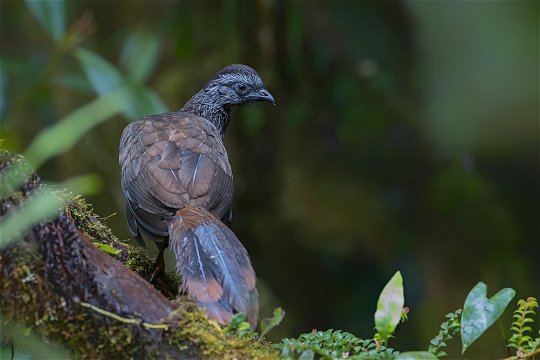

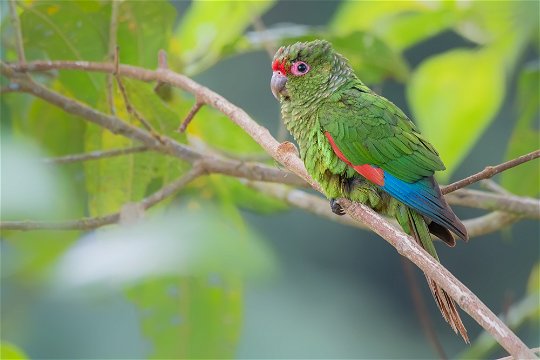

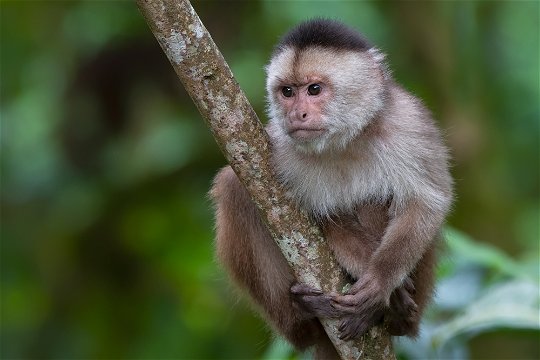
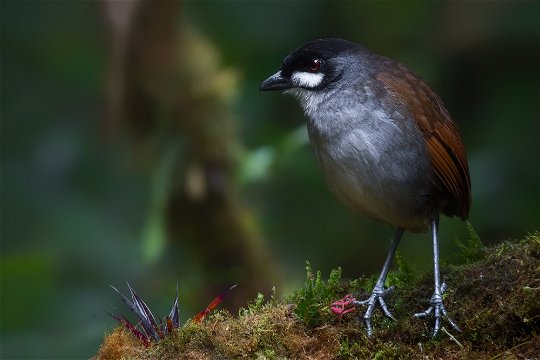
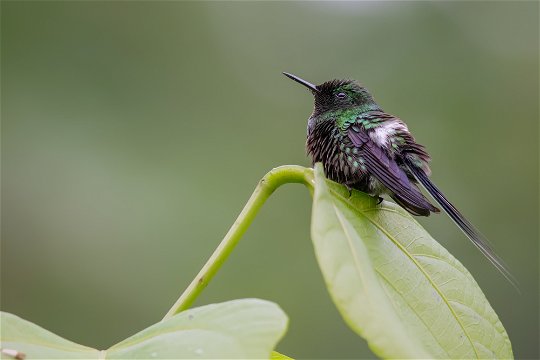

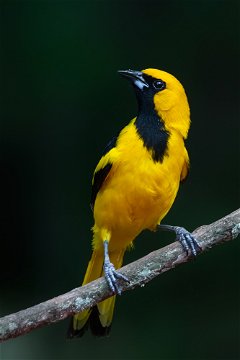
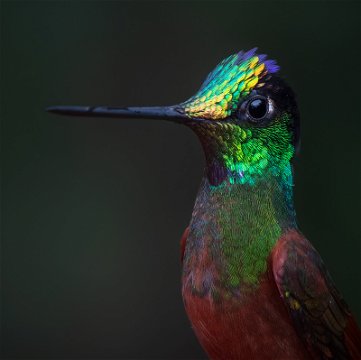
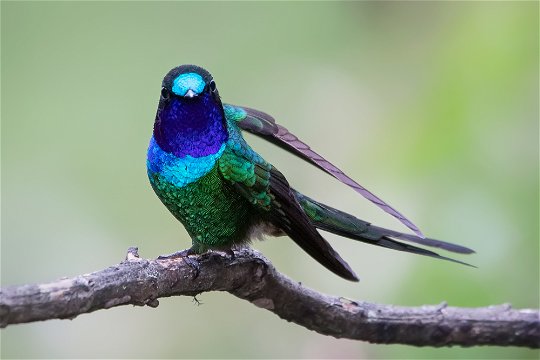
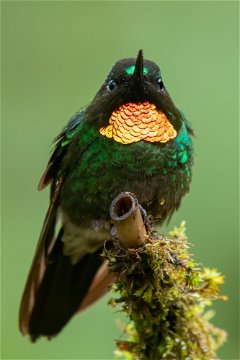
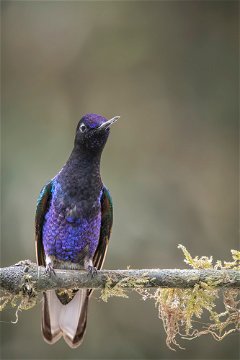




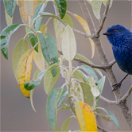
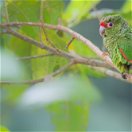

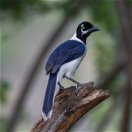
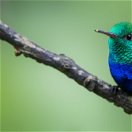
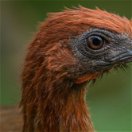
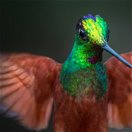
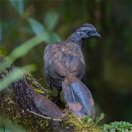
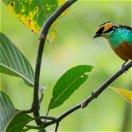
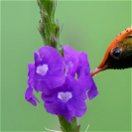

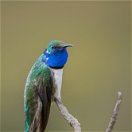
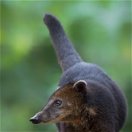
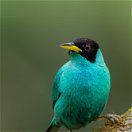

Share This Page